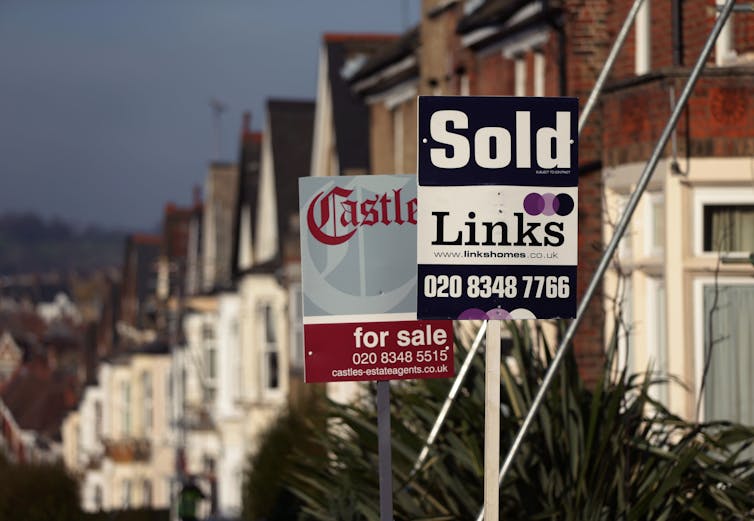Alan Shipman, Lecturer in Economics at The Open University, discusses the Government’s summer statement in Parliament and what it means for employment and the economy in the UK.
Chancellor Rishi Sunak’s summer statement on July 8 was intended to show how the government can quickly end its emergency bankrolling of the economy, and let a re-energised private sector take the strain again. Since the lockdown was imposed in March, a furlough scheme has allowed shuttered firms to retain up to 9 million idled employees – over one-third of the workforce – at an Exchequer cost so far of £60 billion.
When the furlough scheme ends in October, Sunak has announced that it will be replaced by a £1,000 bonus for each employee retained until January 2021, at a maximum cost of £9 billion. There is also the addition of a £2 billion work-placement scheme, to open up jobs for the 700,000 school and university leavers unable to find one.
Amid a crisis that has highlighted the importance of public-sector workers, and could well trigger a deep recession, the government’s overwhelming concern is to prevent a jump in unemployment as the furlough scheme is wound down between August and October. The OECD is forecasting that the UK is heading for one of the highest rates in Europe – potentially rising fivefold to almost 15% if there is a second wave of coronavirus.

The OECD also forecasts in June that the UK could see a GDP decline of more than 11% for 2020, made worse by other industrial economies experiencing a similar slump. There had been hopes of a V-shaped UK recovery, spurred by an upbeat comment on May’s consumer-spending data by the Bank of England chief economist, Andy Haldane.
But the initial bounceback in sales may have been boosted by a one-off spree with the savings that people accumulated during lockdown. And if the V’s upward slope stops even slightly short of its downward slope, there will still be a painful shortfall in output and employment.
Big spender

